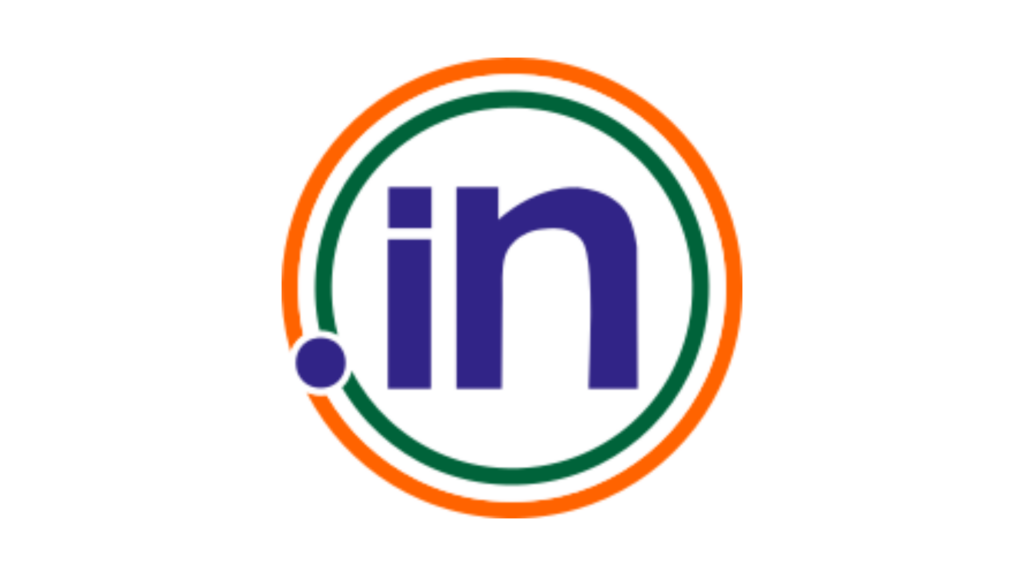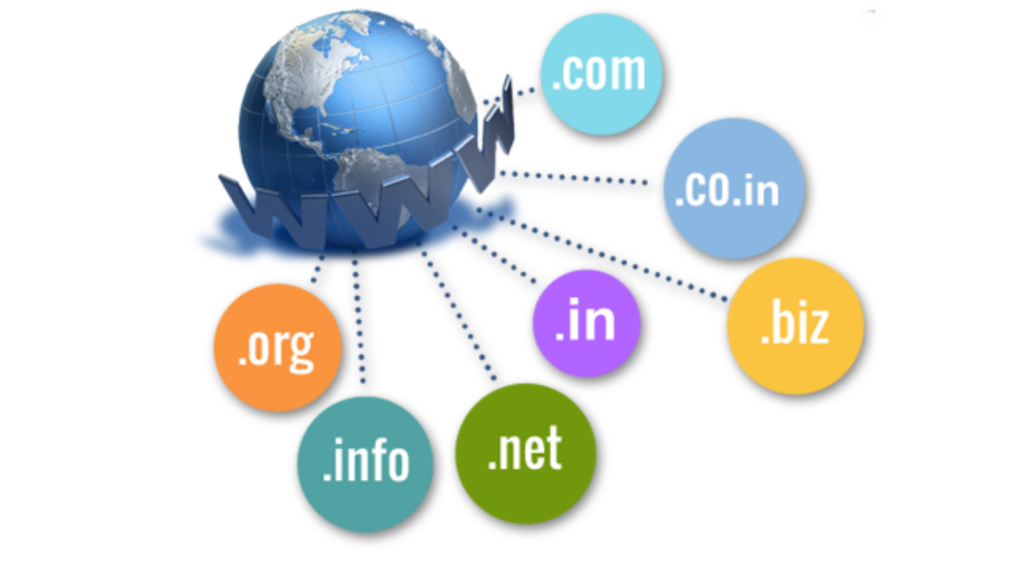Buying a domain in India often feels like a trap. You spot that tempting deal .in domains for just ₹99!
Then comes the shock.
A year later, the renewal hits ₹999 or higher. What seemed like a bargain suddenly drains your budget.
The real challenge is finding an extension affordable both now and later.
The .in domain suits Indian businesses, bloggers, and startups perfectly. But only if your registrar is upfront about pricing from day one.
So we compared .in domain prices across major providers. Now you see both the first-year discounts and the renewal fees clearly before deciding.

.in Domain Prices Compared
When you are shopping for a .in domain, that first-year price seems like a great deal. But the real cost comes later.
It is the renewal fee that decides if you can actually keep it long-term. Below is how top providers in India compare:
| Registrar | Year 1 Price | Renewal Price | The Catch |
| Truehost | ₹700 | ₹700 | Fairly stable pricing, no nasty surprises after year one. |
| Hostinger | ₹199 | ₹849 | Great starter price, but the jump after 12 months can feel steep. |
| GoDaddy India | ₹899 | ₹899 | Higher upfront, but at least the renewal stays the same, predictable costs. |
| BigRock | ₹9 | ₹899 | Almost free for the first year, but expect a big bump when you renew. |
| Namecheap | US$9.98 (~₹886) | US$11.98 (~₹1,064) | Not the cheapest in rupees, but pricing is steady and transparent. |
What to Look Out For
- Renewal rates often catch people off guard. That bargain first-year price you see? It is usually a promotion. When renewal time comes, the cost jumps significantly higher. Always ask what the standard renewal fee will be. Don’t get locked into something expensive later.
- Planning to keep your domain for several years? Registering for multiple years upfront can save money. The longer you commit, the lower the average yearly cost becomes. It is like buying in bulk, you get stability and better value.
- Taxes add another layer to the final price. Quoted rates might exclude GST or local taxes, surprising you at checkout. Look for clear all-inclusive pricing to avoid unexpected charges. Knowing the full cost upfront prevents budget headaches.
- Watch for extra fees that creep in. Domain privacy, transfers, renewals, or locks, these aren’t always free. Each small fee accumulates, turning a cheap deal into an expensive one. Scrutinize the breakdown before committing.
- Be wary of upsells during checkout. Hosting packages, SSL certificates, or email services might be bundled aggressively. Some discounted domains require purchasing add-ons. Stick to what you need, don’t let extras inflate your costs unnecessarily.
- Refund & grace period: If you accidentally type the wrong domain name during registration, don’t panic just yet. Some companies actually give you a brief window to cancel without penalty, maybe 24 or 48 hours to fix mistakes. But I have seen others stick strictly to no takebacks policies. Always check their specific refund terms before hitting confirm. That small print could save you real headaches later.
- Region & support: Having local Indian customer service makes a huge difference when technical issues pop up. When your clinic’s website goes down before patient hours, you will appreciate being able to call or WhatsApp someone who understands both the technology and your local context immediately. Time zone alignment means solutions happen during your workday, not while you are seeing patients.
- WHOIS privacy: Your practice’s contact details automatically appear in public domain listings unless protected. Some registrars include this privacy shield at no extra cost, a genuine value since competitors often charge yearly fees for the same service. For medical professionals like you, keeping personal numbers and addresses off public records isn’t just convenient; it’s essential for security.

Frequently Asked Questions about .in Domains
1) How much does a .in domain cost in India?
Getting a .in domain involves different prices.
For the first year, registrars might charge you anywhere from ₹199 to ₹899.
After that, renewals usually cost more, around ₹700 to ₹1,000 annually.
Take Truehost as an example; we offer consistent pricing near ₹700 per year.
This steadiness helps avoid surprises compared to providers with cheap first-year offers followed by steep renewal hikes.
Planning your budget becomes simpler with such transparency.
2) Is a .in domain good for SEO in India?
Absolutely, a .in domain boosts your visibility when targeting Indian audiences.
Search engines recognize this country-specific extension.
They use it to associate your site with India, pushing it higher in local search results.
Choosing .in over generic domains like .com gives you an edge for reaching customers within the country.
This local connection matters for effective online presence.
3) What is the difference between .in and .co.in domains?
Both extensions serve Indian websites, but they differ in structure.
The .in is India’s official country code, direct and widely trusted.
Meanwhile, .co.in functions as a subcategory, often highlighting commercial intent.
Many businesses prefer .in for its cleaner, more professional appearance.
However, .co.in remains useful if emphasizing your company’s Indian operations feels necessary.
The choice depends on your branding goals.
4) Can I buy a .in domain without hosting?
Yes, purchasing just the domain is entirely possible. You can register a .in name and decide on hosting later.
This flexibility lets you secure your desired web address immediately.
Once ready, point it to any hosting service or even redirect visitors elsewhere.
Many people take this step to claim a name before others do.
It is a practical move for long-term planning.
5) Are .in domains only for businesses in India?
Not at all. While .in domains signal an Indian focus, anyone worldwide can register one.
They are popular among local startups, bloggers, and Indian branches of global brands.
Even international companies use them to connect with Indian customers.
The extension builds trust with that audience.
So, whether you are based in Mumbai or New York, .in works if India is your market.
6) Do .in domains come with free WHOIS privacy?
This varies by registrar.
Some include privacy protection at no extra cost, while others charge a fee.
India’s registry policies partially restrict public WHOIS details, but gaps remain. It is wise to confirm what your provider offers.
Adding privacy shields your personal information from public view.
Always check this feature during registration for peace of mind.
7) How do I renew a .in domain name?
Renewing is straightforward.
Log into your registrar’s account dashboard, select the domain, and extend its registration.
You can choose one or multiple years upfront. Most providers send email reminders as the expiration date nears.
Opting for auto-renew ensures you never lose the domain accidentally.
This process takes just minutes but safeguards your online identity.
8) What happens if I don’t renew my .in domain on time?
Missing the renewal date triggers a grace period, usually 30 days, though registrars differ.
During this window, you can still renew, often with a small late fee.
If unresolved, the domain enters redemption, where recovery costs soar.
Eventually, it becomes available to the public again.
Setting reminders prevents this headache and keeps your domain secure.

Final Word
Picking the right .in domain shouldn’t be a risky bet.
Some registrars tempt you with cheap first-year rates, then surprise you with much higher renewal costs later.
That is why checking both the initial price and the renewal fee matters before you commit.
Among India’s top providers, Truehost offers straightforward pricing at ₹700 yearly, no tricks, no sudden increases after year one.
For startups, bloggers, or small businesses watching every rupee, this consistency makes a real difference over time.
Your domain is the face of your practice online.
Choose a partner that delivers fair value today and reliability for the years ahead.
 cPanel HostingManage your website with cPanel, the most user-friendly hosting control.
cPanel HostingManage your website with cPanel, the most user-friendly hosting control. Domains SearchFrom .com to unique country domains, explore and register extensions worldwide.
Domains SearchFrom .com to unique country domains, explore and register extensions worldwide. Email HostingSimple, secure email hosting that helps you stay connected and professional.
Email HostingSimple, secure email hosting that helps you stay connected and professional. Reseller HostingStart your own hosting business with easy and reliable reseller hosting plans.
Reseller HostingStart your own hosting business with easy and reliable reseller hosting plans. AffiliateJoin our affiliate program and earn commissions every time you bring in new customers.
AffiliateJoin our affiliate program and earn commissions every time you bring in new customers. IN Domain PricesDon’t miss out on the best domain deals in India!
IN Domain PricesDon’t miss out on the best domain deals in India! WHOIS LookupFind out who owns a domain name with a quick and easy WHOIS search.
WHOIS LookupFind out who owns a domain name with a quick and easy WHOIS search. Domain TransferTransfer your domain to us and enjoy reliable support every step of the way.
Domain TransferTransfer your domain to us and enjoy reliable support every step of the way.